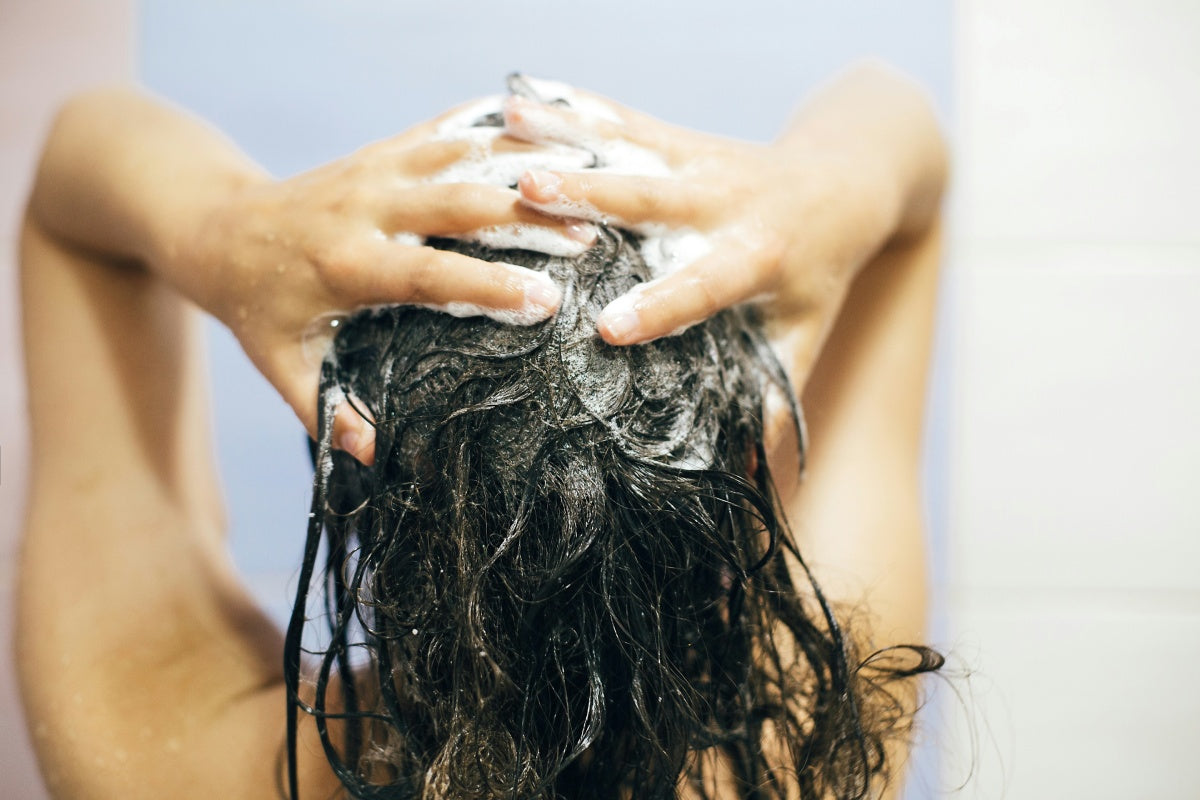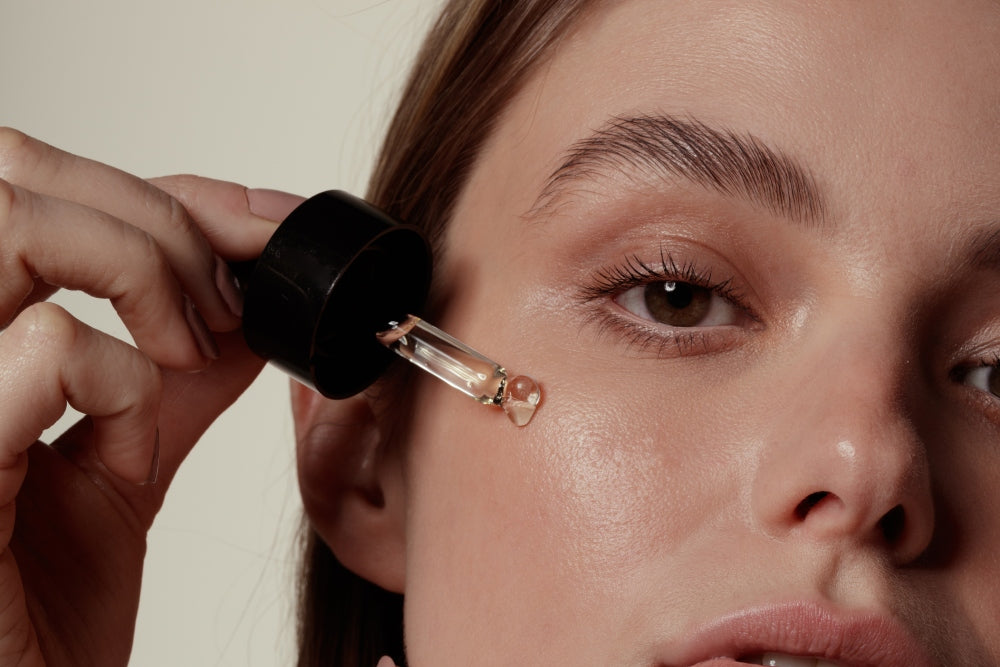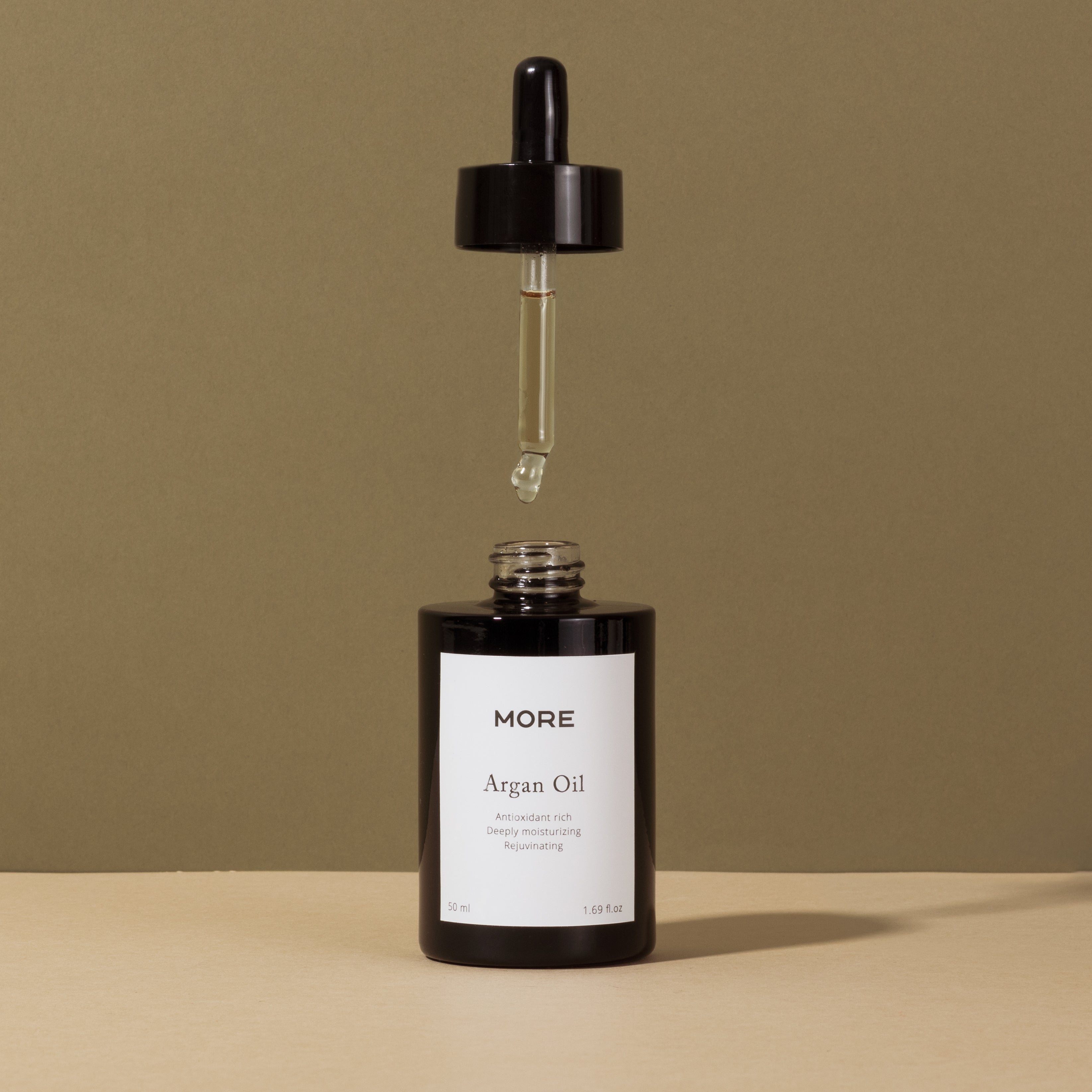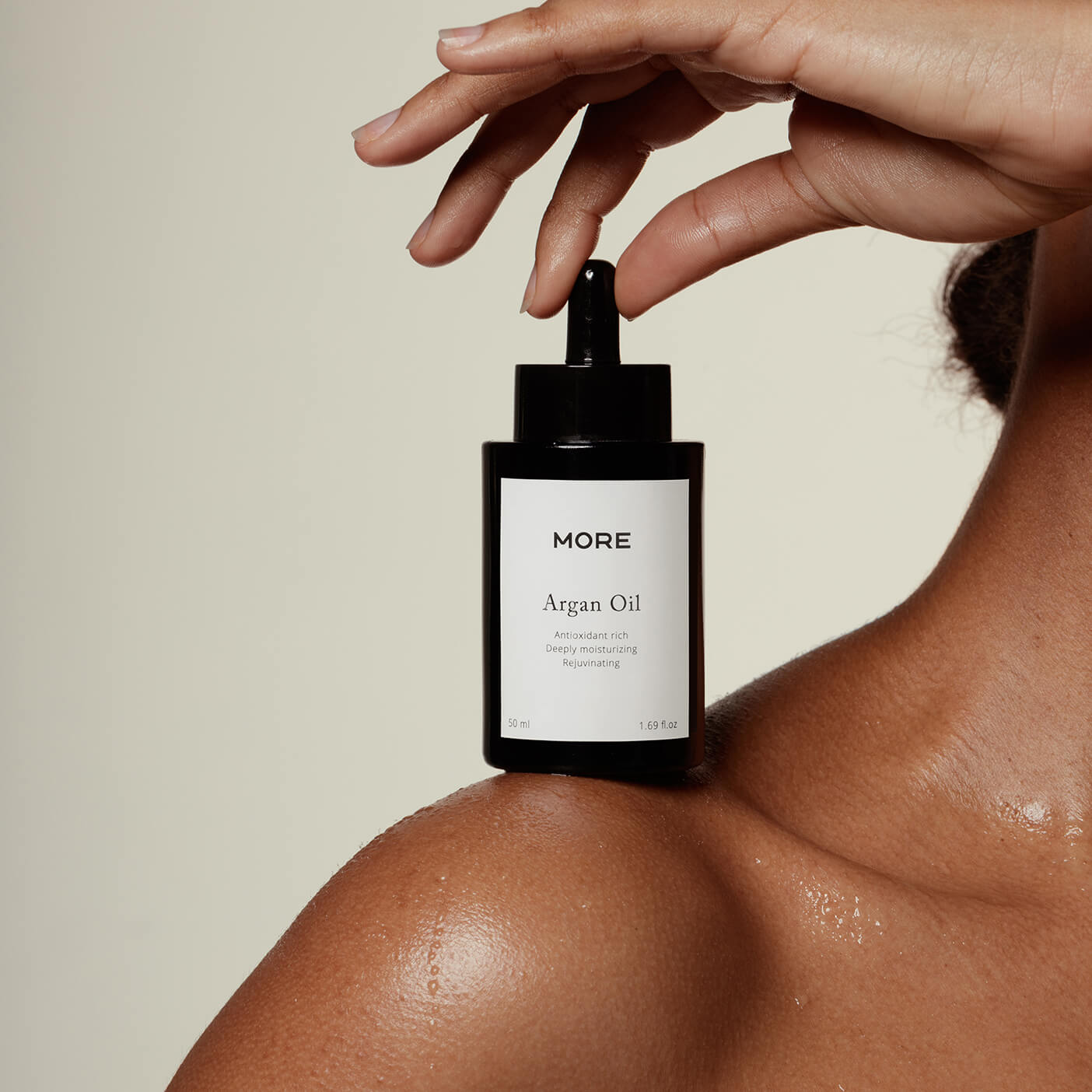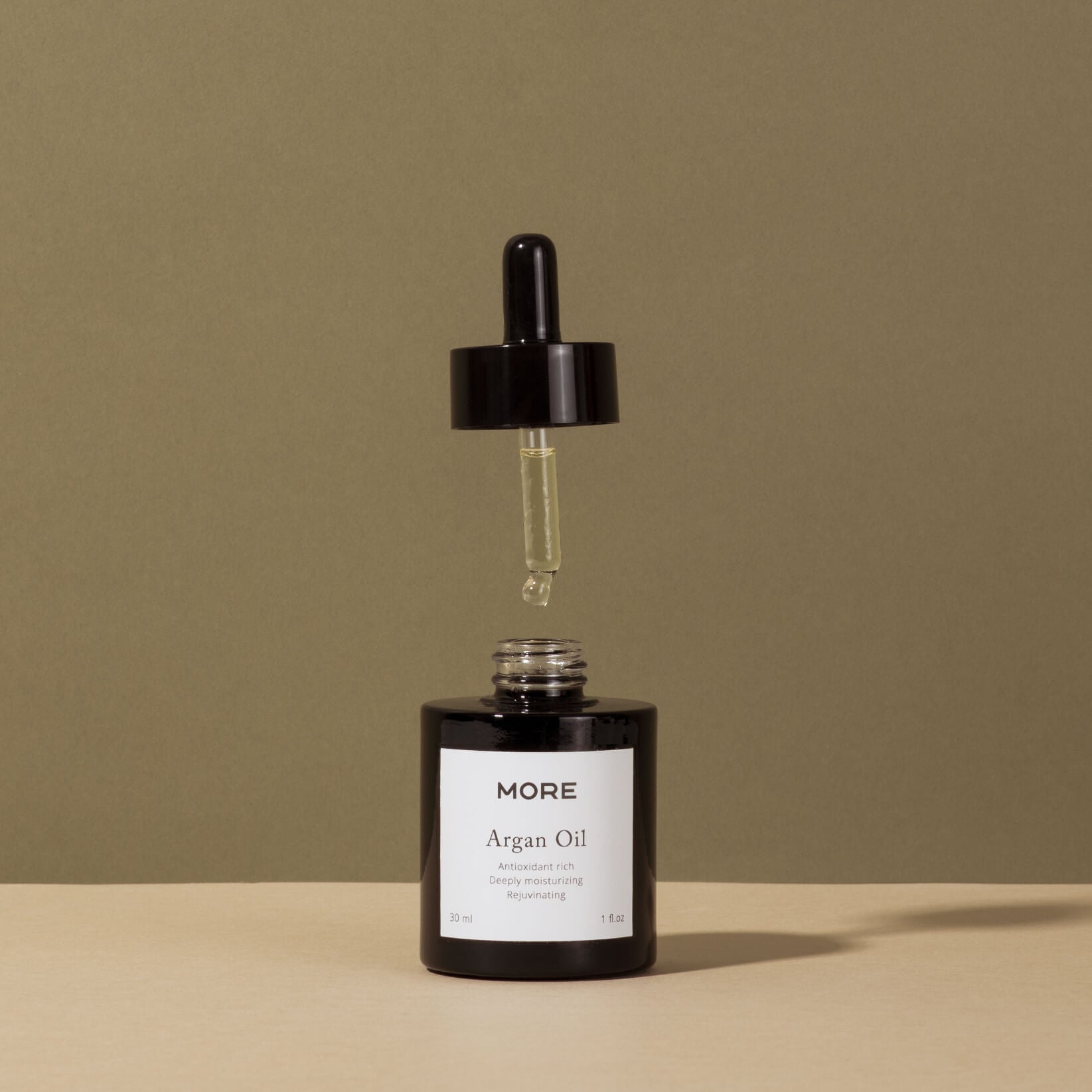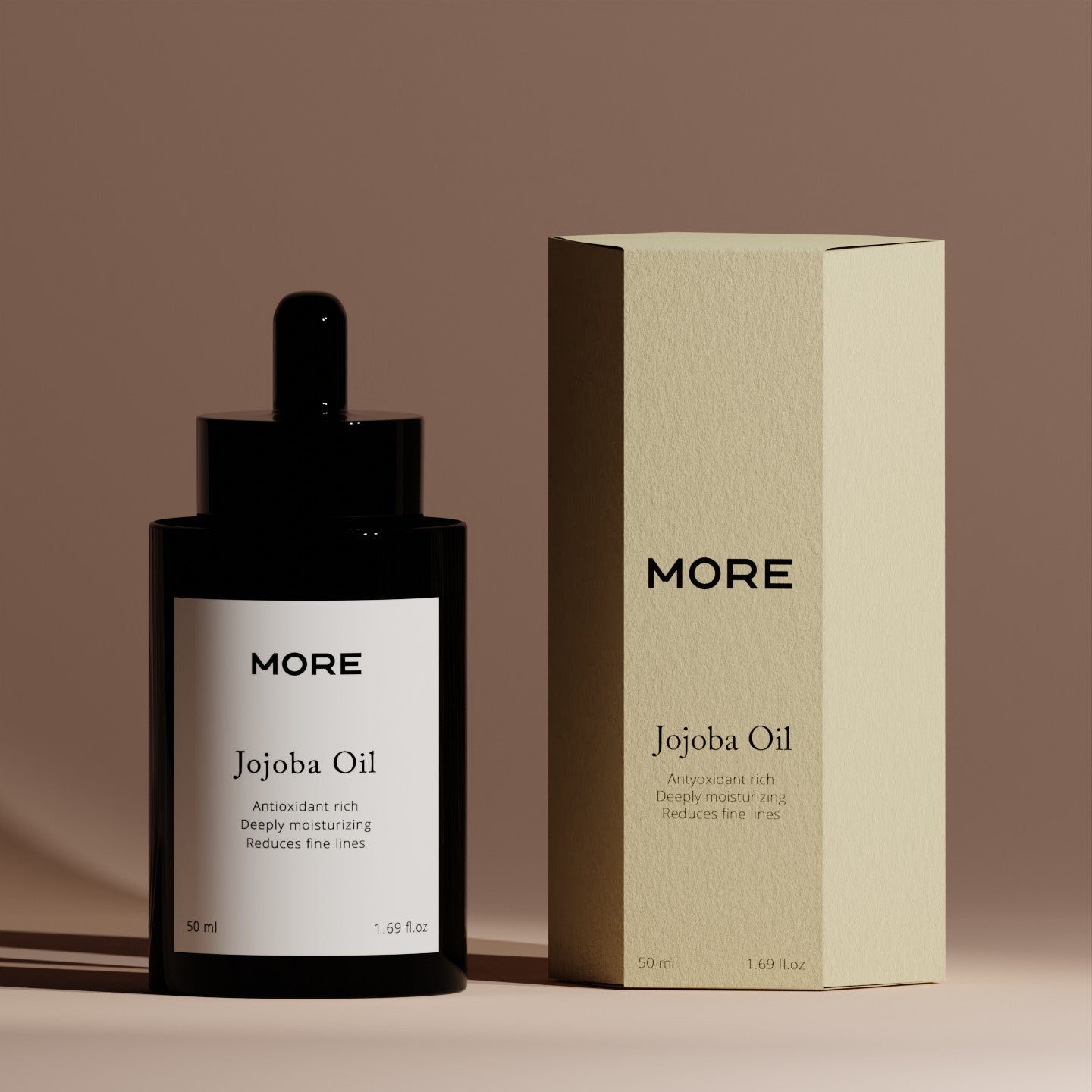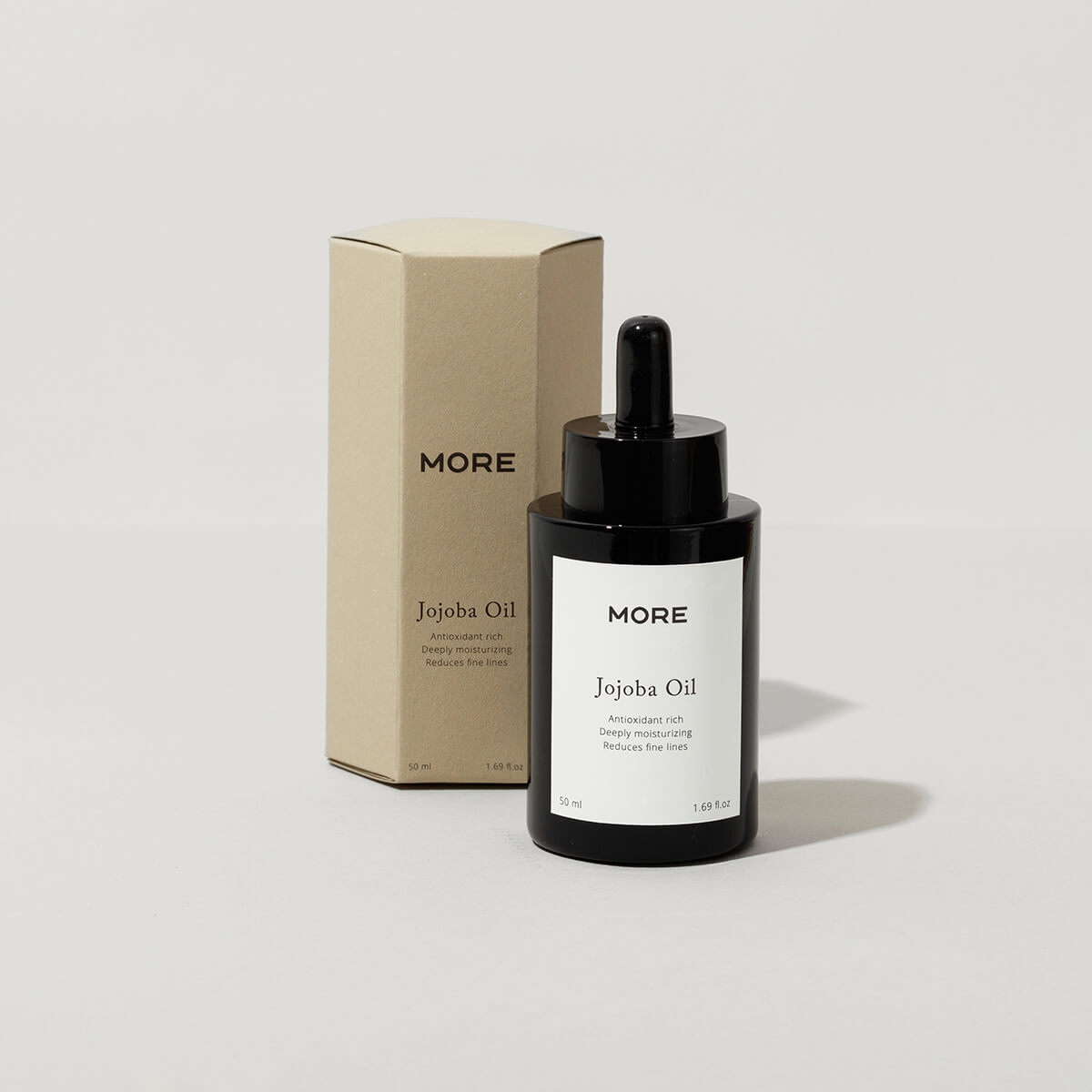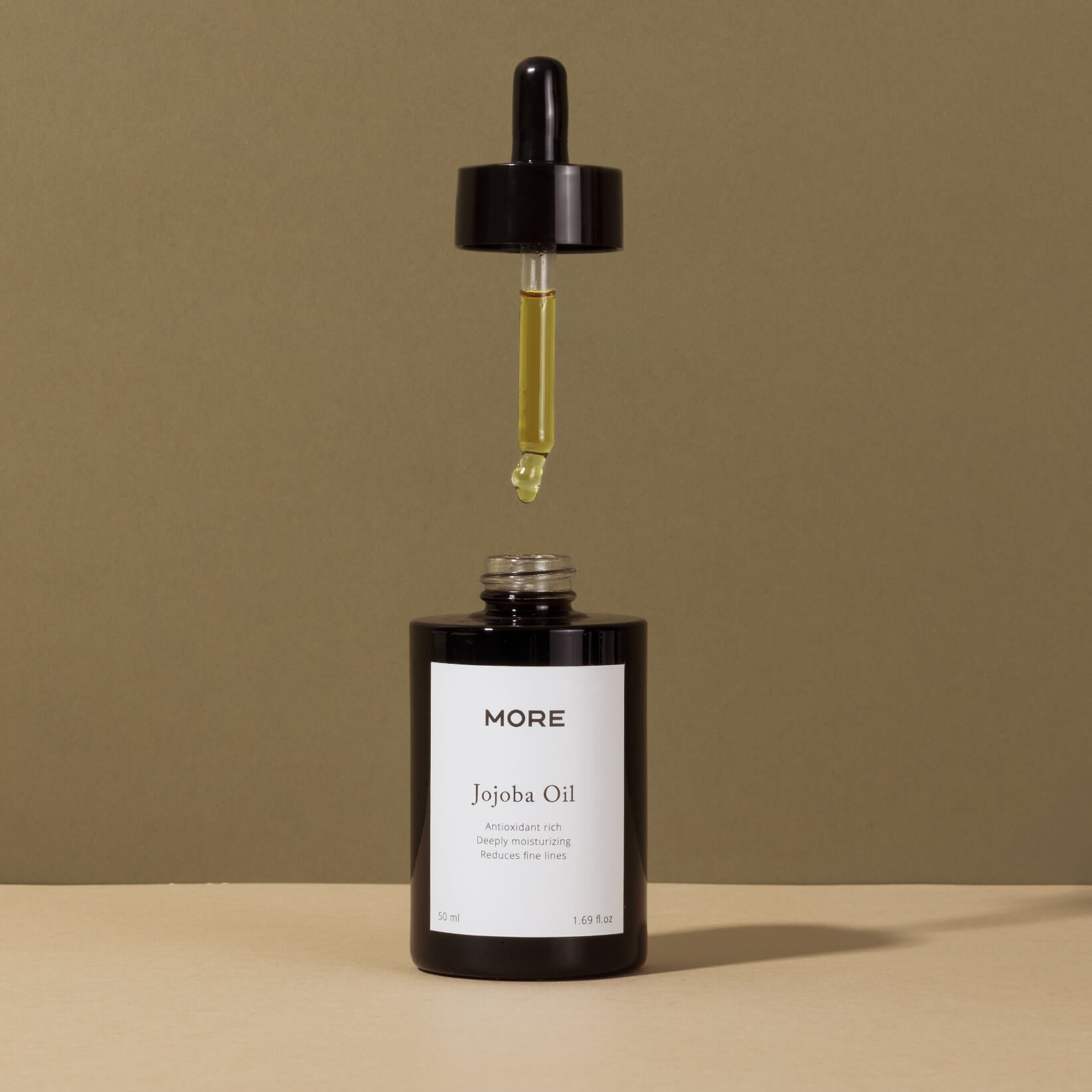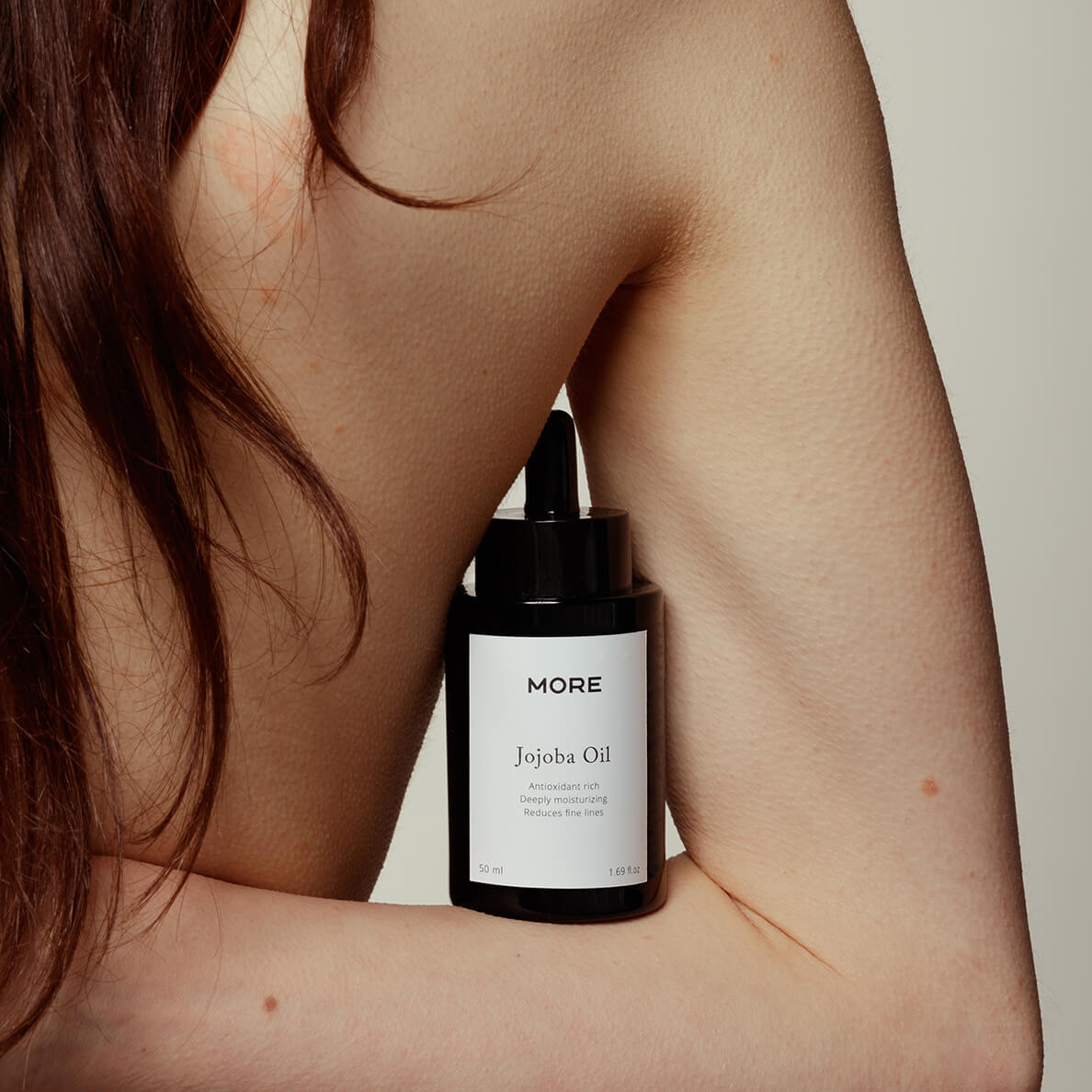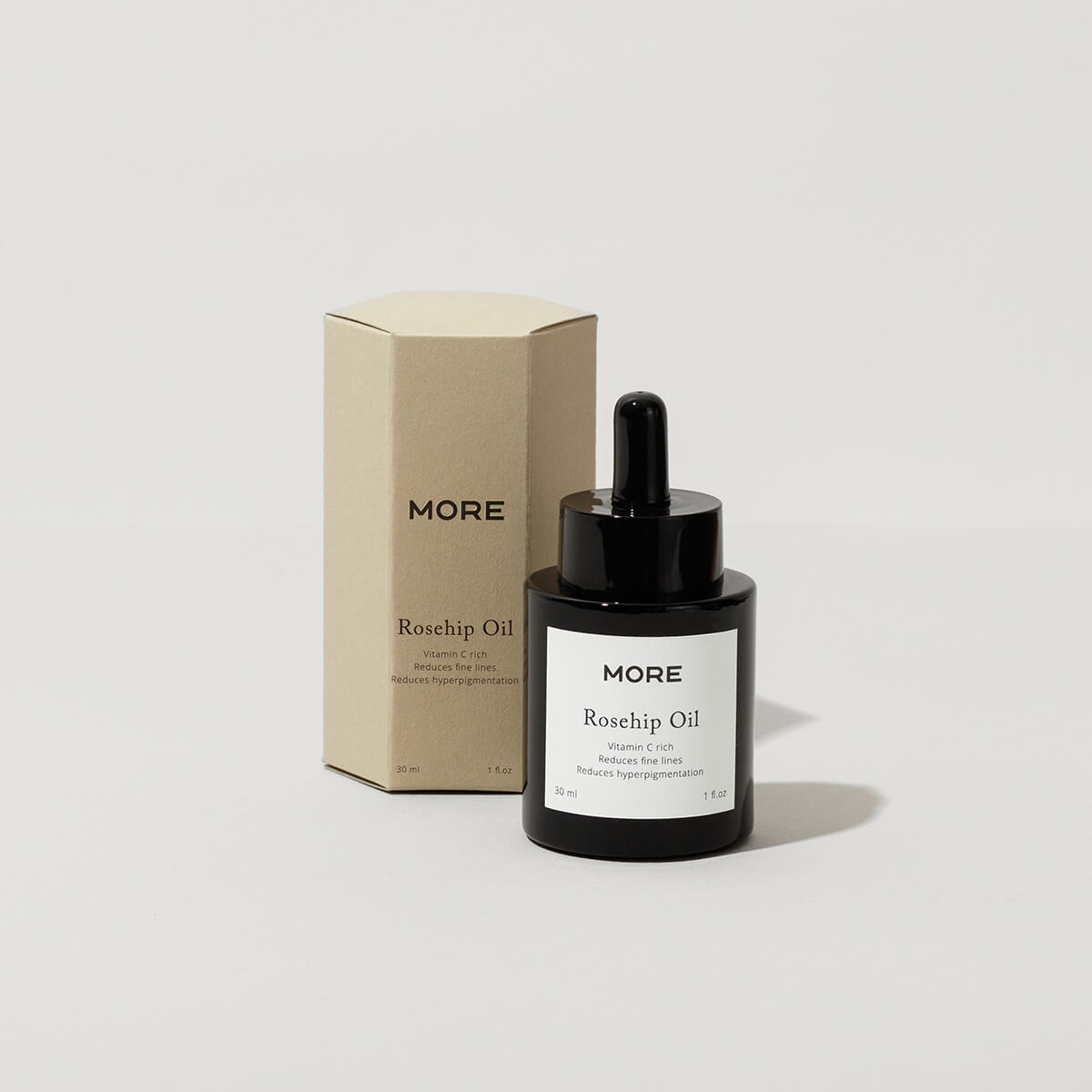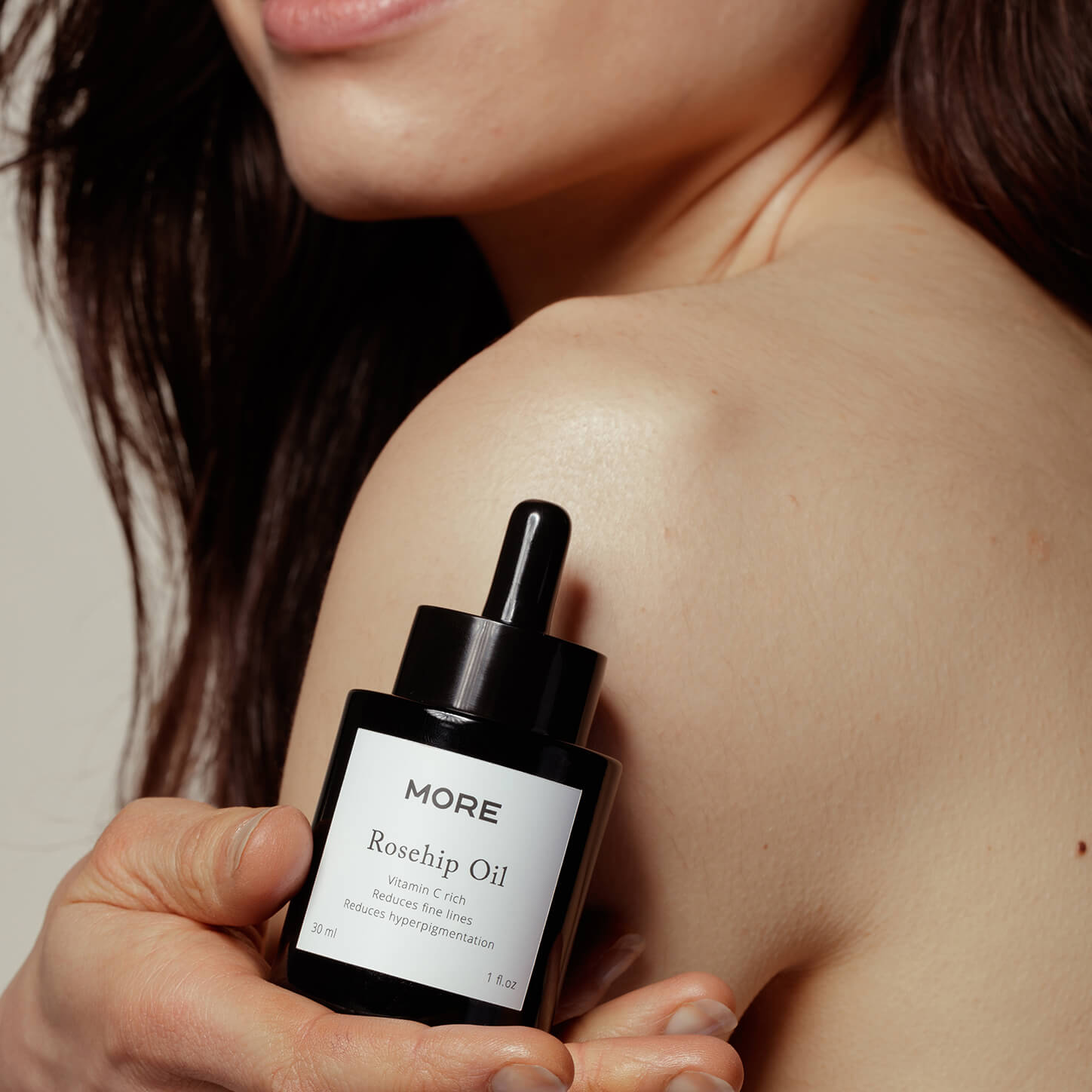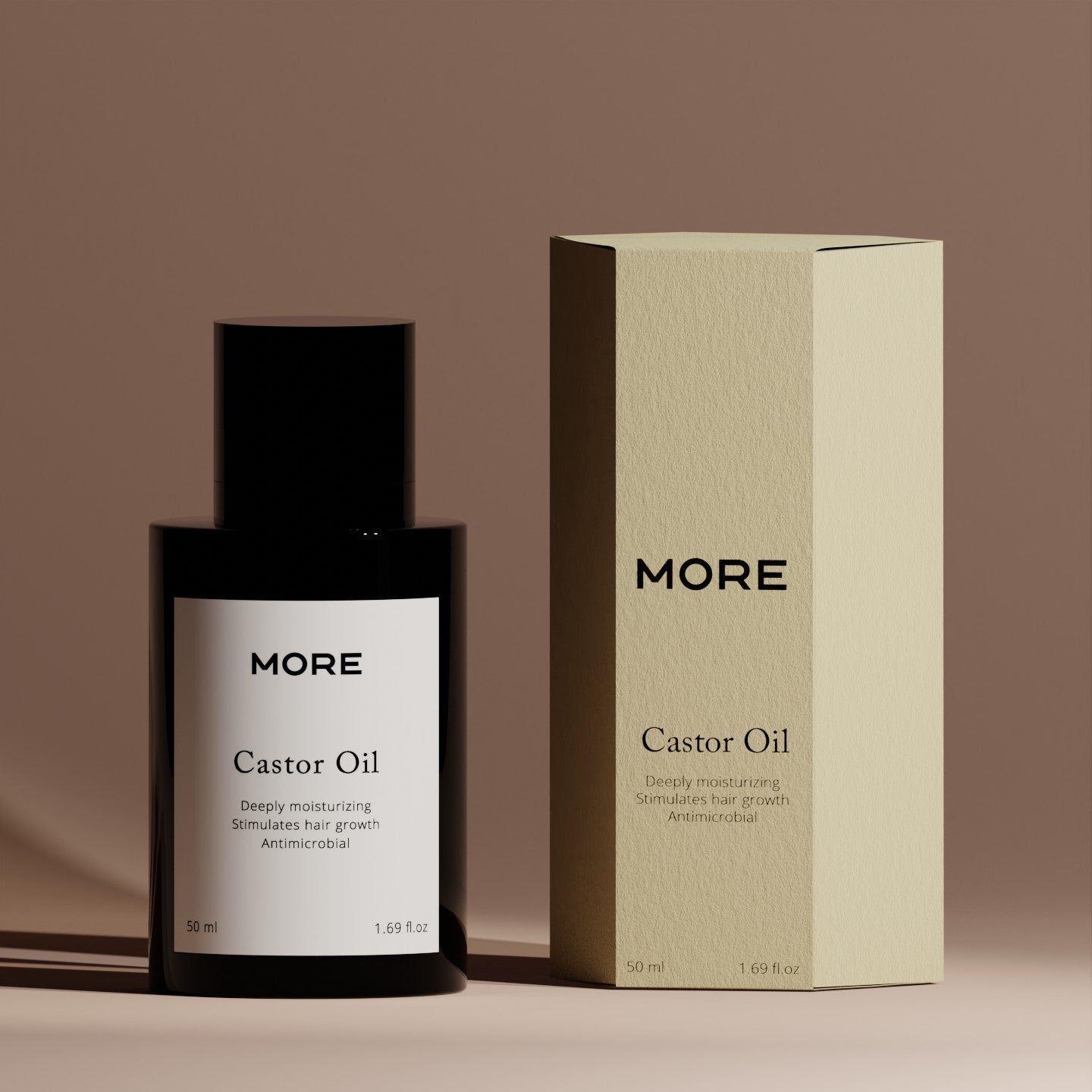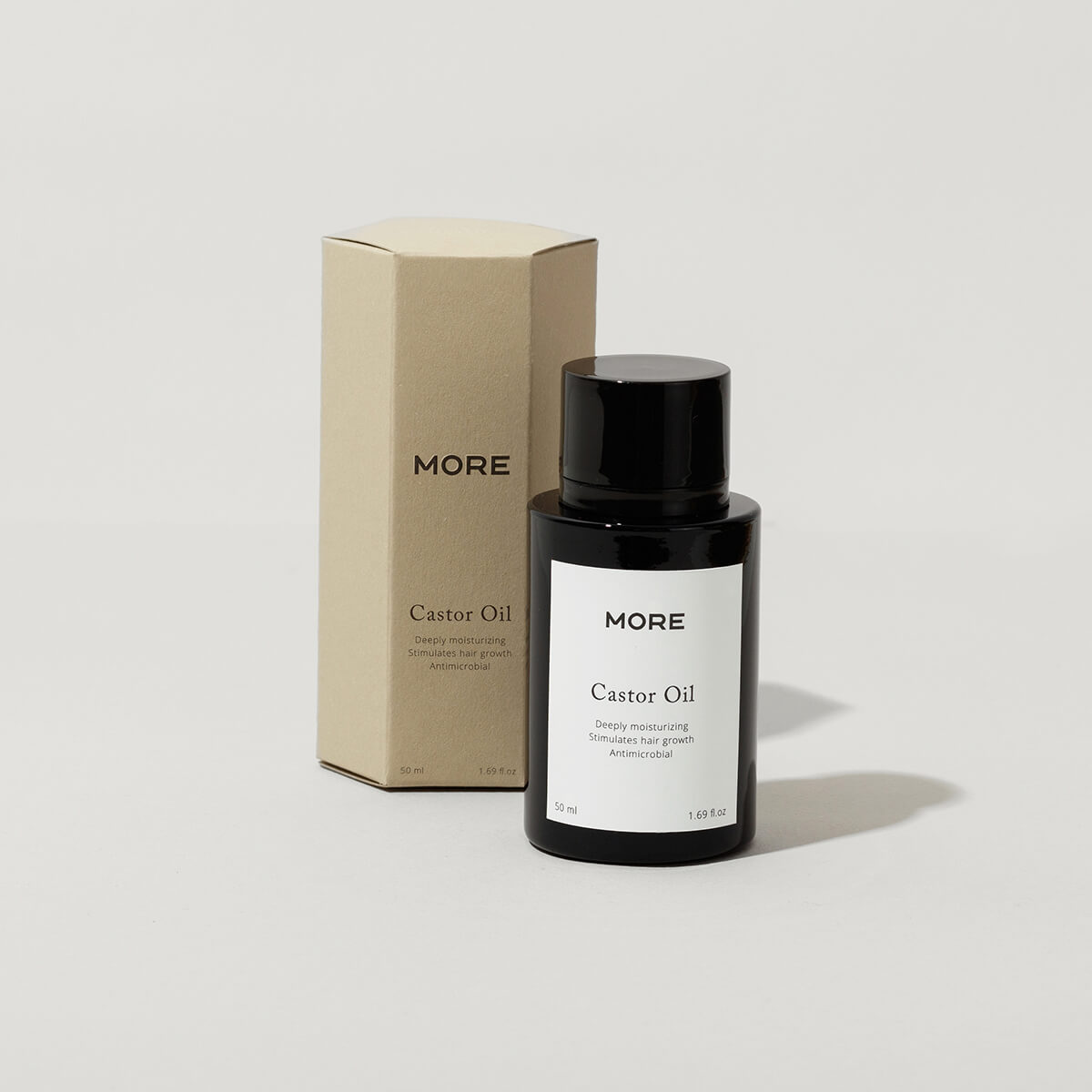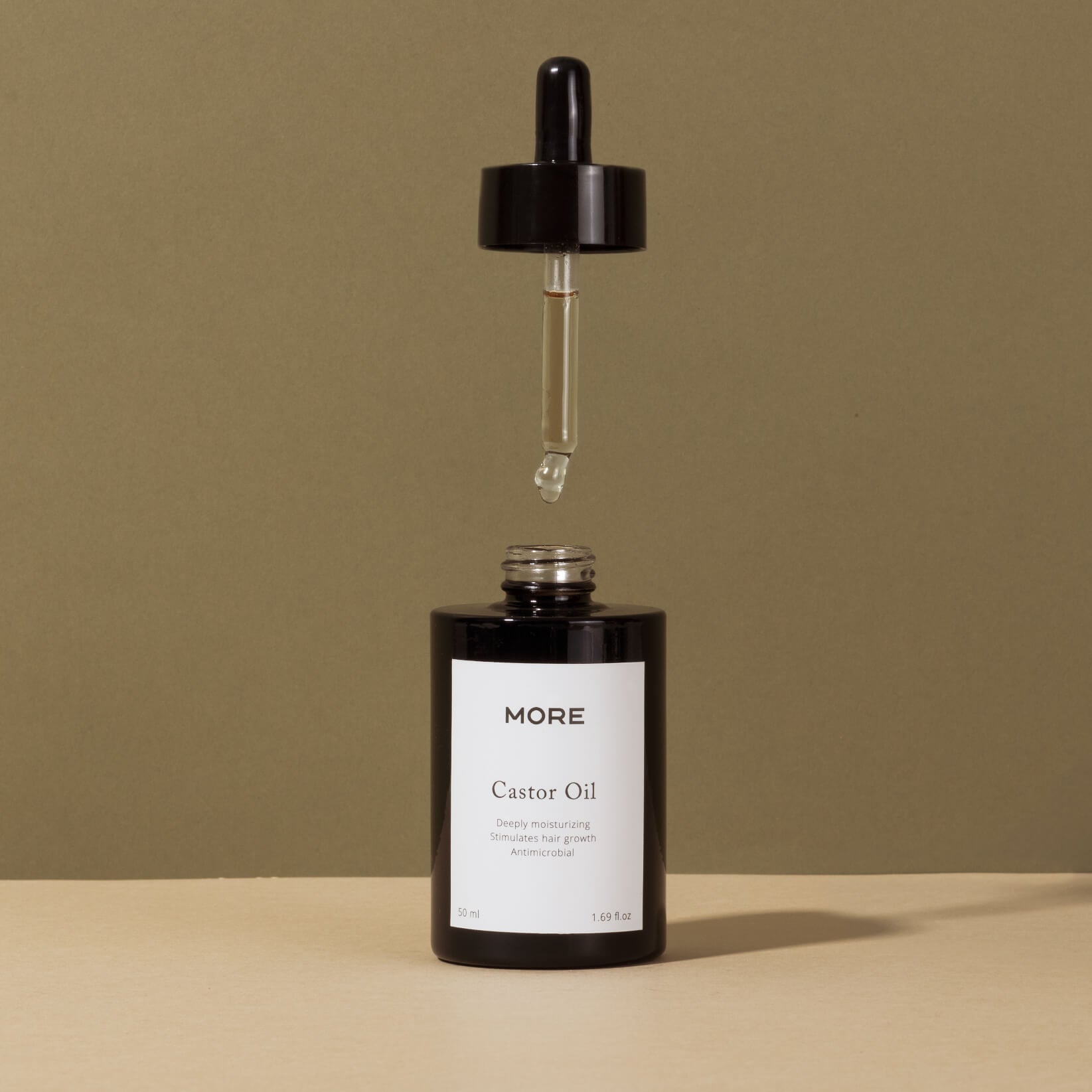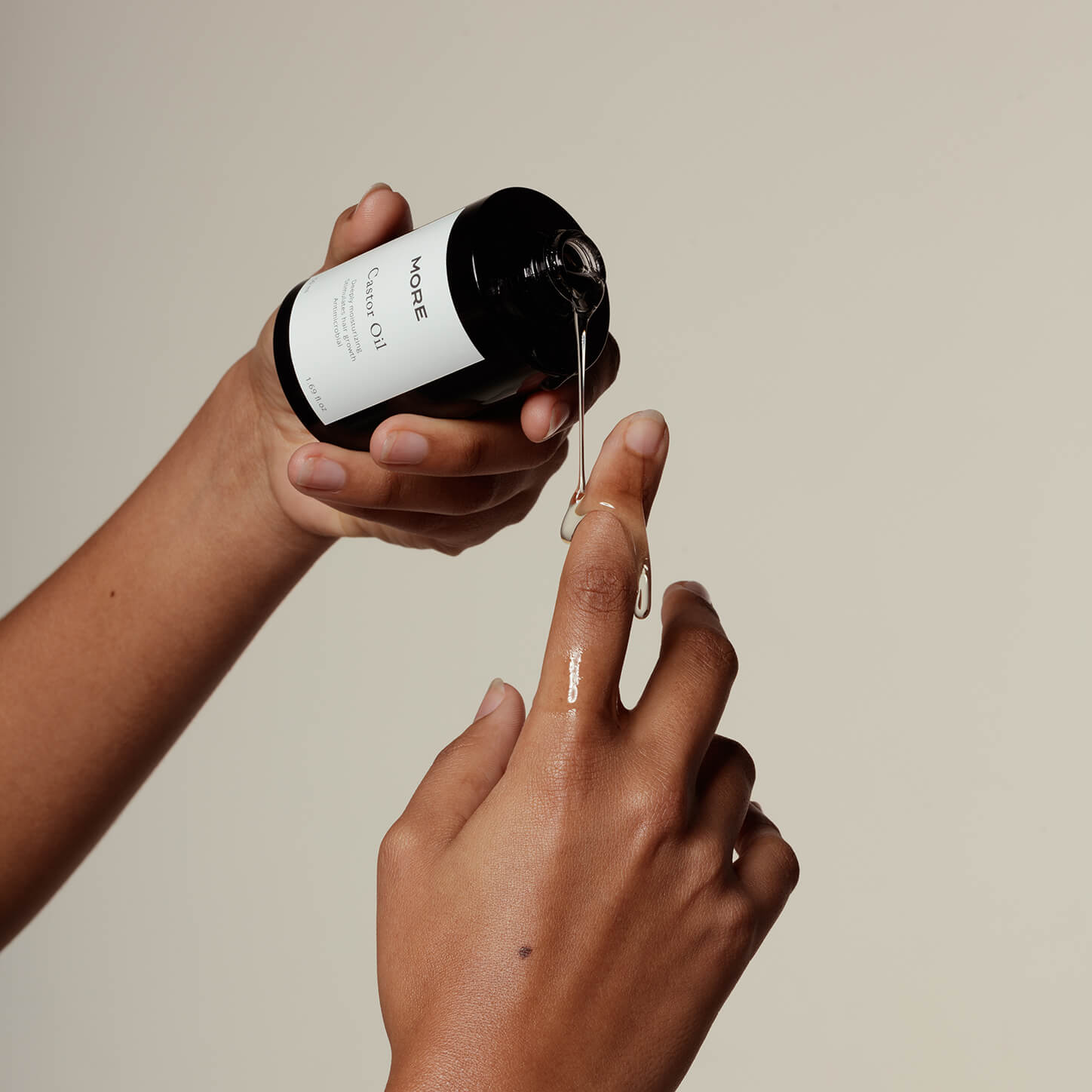- What is shea butter?
- 1. Where does our shea butter come from?
- 2. How is shea butter made?
- 3. What are the benefits of shea butter?
- 4 Shea butter for your skin
- 4.1 Hydrates dry skin
- 4.2 Treats acne and blemishes
- 4.3 Anti-inflammatory, healing and caring properties
- 4.4 Anti-aging and anti-free radicals
- 4.5 Provides relief for itchy skin
- 4.5 Restores skin elasticity
- 4.6 Reduce irritation and bumps
- 4.7 Reduces stretch marks
- 4.8 Helps soothe baby diaper rash and skin
- 4.9 Shea butter lip care
- 5. Shea butter for your hair?
- 5.1 Prevents hair loss
- 5.2 Soothes dry and itchy scalp
- 5.3 Treats split and fracture ends
- 5.4 Natural conditioner
- 6. Are there differences in the quality of shea butter?
- 7. What color is shea butter?
- 8. What scent does shea butter have?
- 9. How can you process shea butter?
- 10. Where can you buy shea butter?
What is shea butter?
Shea butter is also called shea butter (butyrospermum parkii). It is a vegetable butter and is a real superfood for the skin, which comes from the seeds of the fruit of the Karité tree. For hundreds of years, raw shea butter has been extracted from the nuts of the tree of life. The butter provides mild UV protection (up to SPF ~ 6) and supplies the skin with essential fatty acids and the nutrients necessary for collagen production. Shea butter has been used for years in Africa and many other locations to nourish the skin and hair. It also has a long history of medicinal use, such as wound care and even the treatment of leprosy are examples of what people use shea butter for. It is also not uncommon in that part of the world to also eat pure shea butter, just as we use palm oil in products. There are varying opinions on whether it is healthy to eat and because some studies suggest that ingesting shea butter can interfere with the digestion of other proteins, we only use it on our skin and hair.
1. Where does our shea butter come from?
Our shea butter comes from Northern Ghana, the African savannah. The nuts and seeds used to make our products are picked and collected in the wild. This means that no forest has been cut down or agricultural land is occupied by plantations.
2. How is shea butter made?
Shea butter comes from the shea nut and is a seed fat that comes from the shea tree. The shea tree (Vitellaria paradoxa) is found in East and West tropical Africa. Our shea butter is made by hand in the traditional way. As this has been done for hundreds of years. The shea butter comes from two oily grains in the seed of the shea tree. After the kernel is removed from the seed, it is ground into a powder and boiled in water. The butter then rises to the top of the water and becomes solid. This traditional production method results in soothing, moisturizing ointments and soaps that care for and repair the skin like no other product can. It makes the skin soft and has many caring properties. Immediately when the shea butter arrives in the Netherlands, it is filtered with a professional filter to ensure that it is 100% clean. Shea butter is also used in the popular African Black Soap. (1)
3. What are the benefits of shea butter?
Shea butter contains UV-B absorbing triterpene esters, such as cinnamic acid and tocopherols. In addition to these good properties, it also contains a high percentage of phytosterols, triterpenes and hydrocarbons such as shearite. It also contains:
3.1 Fatty acids:
Pure Shea butter contains five main fatty acids, namely palmitic acid, stearic acid, oleic acid, linoleic acid and arachidic acid. It has a higher proportion of stearic acid and oleic acid, which together account for 85-90% fatty acids. Stearic acid provides a firm consistency, while oleic acid affects the hardness or softness of the vegetable butter.3.2 Phenols:
Phenolic compounds are known for their antioxidant properties. Shea butter contains 10 phenolic compounds, 8 of which are catechins. The catechin content of shea butter is even higher than the total phenolic content of ripe olives. The overall concentration and relative percentage of shea kernels varies from region to region depending on the level of environmental stress from the trees (2).
3.3 Vitamin E:
Tocopherol is also known as vitamin E. Several versions of this are found in shea butter, but their concentrations fluctuate depending on climate and some other factors, such as the butter extraction method (3).3.4 Vitamin A and vitamin F:
Vitamins A and F are also found naturally in shea butter. They can help treat skin conditions such as eczema, dermatitis and even delay premature aging (4). Shea butter is considered a superfood for the skin because it is rich in unsaturated fats. It has a high proportion of non-saponifiable components, essential fatty acids, vitamins E and D, phytosterols, provitamin A and allantoin. It has been used for thousands of years for skin care, baby care and consumption. Pure shea butter is known to soften your skin. Given below are the various benefits of shea butter for the skin.
4 Shea butter for your skin
4.1 Hydrates dry skin
The concentration of natural vitamins and fatty acids in shea makes it incredibly nourishing and moisturizing for the skin. Shea butter is an excellent moisturizing butter for the face and body. The fat content is responsible for the softening and moisturizing properties (5). It retains the moisture in the skin and keeps it hydrated for a long time and leaves the skin feeling soft. Dehydrated and/or dry skin becomes rough and flaky. Certain areas of the body can even develop skin cracks due to dryness. Shea butter can nourish the skin with its high fat content. Using pure shea butter also results in soft and supple skin on your hands and feet. It penetrates easily into the skin without clogging the pores. All this makes it extremely effective for dry skin. Soothing cracked heels, or nourishing rough spots and your cuticles: all examples of what you can use shea butter for. Especially during the cold winter months, it is an excellent way to easily hydrate your skin.
4.2 Treats acne and blemishes
Shea butter is known for its healing properties, which can be attributed to the presence of various fatty acids and plant sterols such as oleic acid, palmitic acid, stearic acid and linolenic acid. These oil-soluble components do not undergo saponification or are converted into soap on contact with bases. Shea butter is unsaponifiable like other nut oils and fats, giving it great healing potential. Raw, unrefined shea butter is effective in healing rashes, post-tan peeling, scars, stretch marks, frost bites, burns, athlete's foot, insect bites and stings and acne ( 6).
4.3 Anti-inflammatory, healing and caring properties
Shea butter has several derivatives of cinnamic acid that exhibit anti-inflammatory properties. These good properties make it beneficial for the improvement of skin conditions resulting from an increase in inflammatory compounds (7). A 2010 study found that shea butter is an anti-inflammatory due to its cinnamic acid and other natural properties. One compound in particular, lupeolcinnamate, was found to reduce skin inflammation and even possibly help prevent skin mutations. Conditions such as dermatitis and rosacea can be relieved by pure shea butter. Sunburns, rashes, cuts and scratches that can lead to swelling can also be treated with this butter.
4.4 Anti-aging and anti-free radicals
Shea butter has been considered one of the best anti-aging agents for the skin for hundreds of years. It stimulates the production of collagen, the youthful scaffolding protein in the skin. The vitamins A and E in the butter ensure soft and supple skin, nourished and radiant. When used regularly, it reduces wrinkles and also prevents premature wrinkles and facial lines. Its anti-aging properties can also be attributed to its ability to increase blood circulation to the skin and promote cell renewal. These vitamins, together with catechins, also exert an antioxidant effect against free radicals that damage the skin. These free radicals are often found in our environment in pollutants and irritants. The sun's rays can also increase the free radicals in our skin, which can easily damage the skin cells. The cinnamic acid esters in the shea fat prevent damage from these compounds by giving your skin an antioxidant boost 8, 9).
4.5 Provides relief for itchy skin
For itchy skin, both the moisturizing and anti-inflammatory properties of shea butter appear to be beneficial. Dryness can cause your skin to peel and/or become flaky. It can result in itchy skin. The moisturizing fatty acids of shea butter can provide relief by providing the skin with the oils it needs. If the itching is due to a skin condition such as psoriasis or eczema, the anti-inflammatory action of shea butter works really well to relieve it (10, 11).
4.5 Restores the elasticity of the skin
The unsaponifiable parts and vitamin F in this butter are essential ingredients for maintaining the elasticity of your skin. Shea butter also improves collagen production in the skin. The butter restores the natural elasticity of your skin. In addition to moisturizing, the butter softens and beautifies (12). Restored elasticity also ensures fewer wrinkles, lines and spots.
4.6 Reduce irritation and bumps
Many people get irritated skin from shaving with a razor that often starts to itch. As a result of the irritation, you may develop bumps. Using shea butter can help reduce this because it soothes, hydrates and soothes irritated skin. You can also apply the butter a day before shaving to smooth the skin and hair. This makes the shaving process easier and faster and does not leave irritated spots and dry skin (13, 14).
4.7 Reduces stretch marks
Many women suffer from stretch marks that are caused by rapid growth of the abdomen after pregnancy, for example. These marks are formed when the skin stretches beyond its elastic capacity. The application of Shea butter restores the natural elasticity of the skin and also improves collagen production. Various studies show that stretch marks can be prevented by using vitamins A and E. The butter not only helps reduce these 'scars', but also prevents them.
4.8 Helps soothe baby diaper rash and skin
Unrefined Shea butter is an excellent natural moisturizer that contains no chemicals. So it is ideal for baby care, because it is not only gentle on the skin. But it is also ideal for the sensitive skin of babies. It can be applied after a bath and also used to heal eczema or diaper rash on the skin of babies and toddlers (15).
4.9 Shea butter lip care
Shea butter is easily absorbed and provides extra moisture and nutrients that the lips need during the cold winter months and dry weather conditions. So it works as a perfect lip balm and is also effective for treating dry and chapped lips. When you apply shea it forms a barrier on the lips and retains moisture in the skin (16, 17).
5. Shea butter for your hair?
A number of chemical treatments such as hair straighteners, perms and curlers are responsible for removing the natural moisture from the hair. Shea butter can help restore this lost moisture. It also protects the hair from harsh weather conditions and the harmful free radicals in the air and water. Additionally, shea butter has a low SPF which is sufficient to protect dry hair from sun damage caused by ultraviolet exposure. It repairs the damage already caused by the harsh weather and the sun. This is largely due to the fact that once absorbed, shea butter coats the hair shaft. So that it is protected against a heat tool or other harmful material that is guided along the hair. This is especially beneficial for processed or color-treated hair. It also protects hair from salt and chlorine when applied before swimming (18). Here's an easy way to incorporate shea butter into your hair care routine:
- Take a tablespoon of raw shea butter. You can melt the shea butter over a water bath (au bain-marie).
- Once the butter has cooled slightly, add a few drops of lavender or ylang ylang essential oil. This step is not mandatory.
- Cut small sections of your hair and apply the liquefied butter to the scalp and entire hair length.
- Let it sit for half an hour and then rinse your hair with a mild shampoo.
5.1 Prevents hair loss
The fatty acids of shea butter care for the scalp and hair. It also provides many essential nutrients that improve both scalp and hair health. These will in turn strengthen your hair follicles and reduce hair loss and hair loss. Another important property of shea butter is its anti-inflammatory properties. Scalp conditions can be treated by these compounds, thereby reducing hair loss. Your hair will become thicker and have a natural shine if you use shea butter (19).
5.2 Soothes dry and itchy scalp
Shea butter is effective in soothing a dry itchy scalp or dandruff. It has anti-inflammatory properties and is rich in fats that are absorbed into the skin without leaving a greasy residue or clogging pores (20). Therefore, it is extremely effective in relieving dry scalp, scalp psoriasis and other scalp conditions.
5.3 Treats split and fracture ends
Shea butter has a moisturizing and regenerative effect on your hair and scalp. It strengthens hair strands and reduces breakage. Because the butter is rich in vitamins A and E, it also soothes dry hair and repairs split ends (21).
5.4 Natural conditioner
The presence of vitamins A and E makes Shea butter an excellent choice to nourish and hydrate your hair from roots to ends. You can use the butter as a natural conditioner. It is very effective at retaining moisture without making the hair greasy or heavy (22).
6. Are there differences in the quality of shea butter?
Yes, there are different qualities of shea butter. Shea butter is divided into grades ranging from A to F, with grade A being the best quality. At morentural.nl you can only buy shea butter of class A quality.
7. What color is shea butter?
Unrefined shea butter has an ivory color. Our refined shea butter has a more white color.
8. What scent does shea butter have?
Unrefined shea butter has an earthy or nutty scent. The refined version of our shea butter has been stripped of color and odor.
9. How can you process shea butter?
You can also mix raw shea butter with other natural products. It is best to melt the shea butter and then mix it with an essential oil such as aloe vera, tea tree or ylang ylang. You can also mix it well with other natural oils such as jojoba oil or avocado oil. This way you can make one of your favorite body butters at home in just an instant.
10. Where can you buy shea butter?
You can easily order unrefined shea butter on our website. View the product below to read more information about the specific product. INCI: butyrospermum parkii


